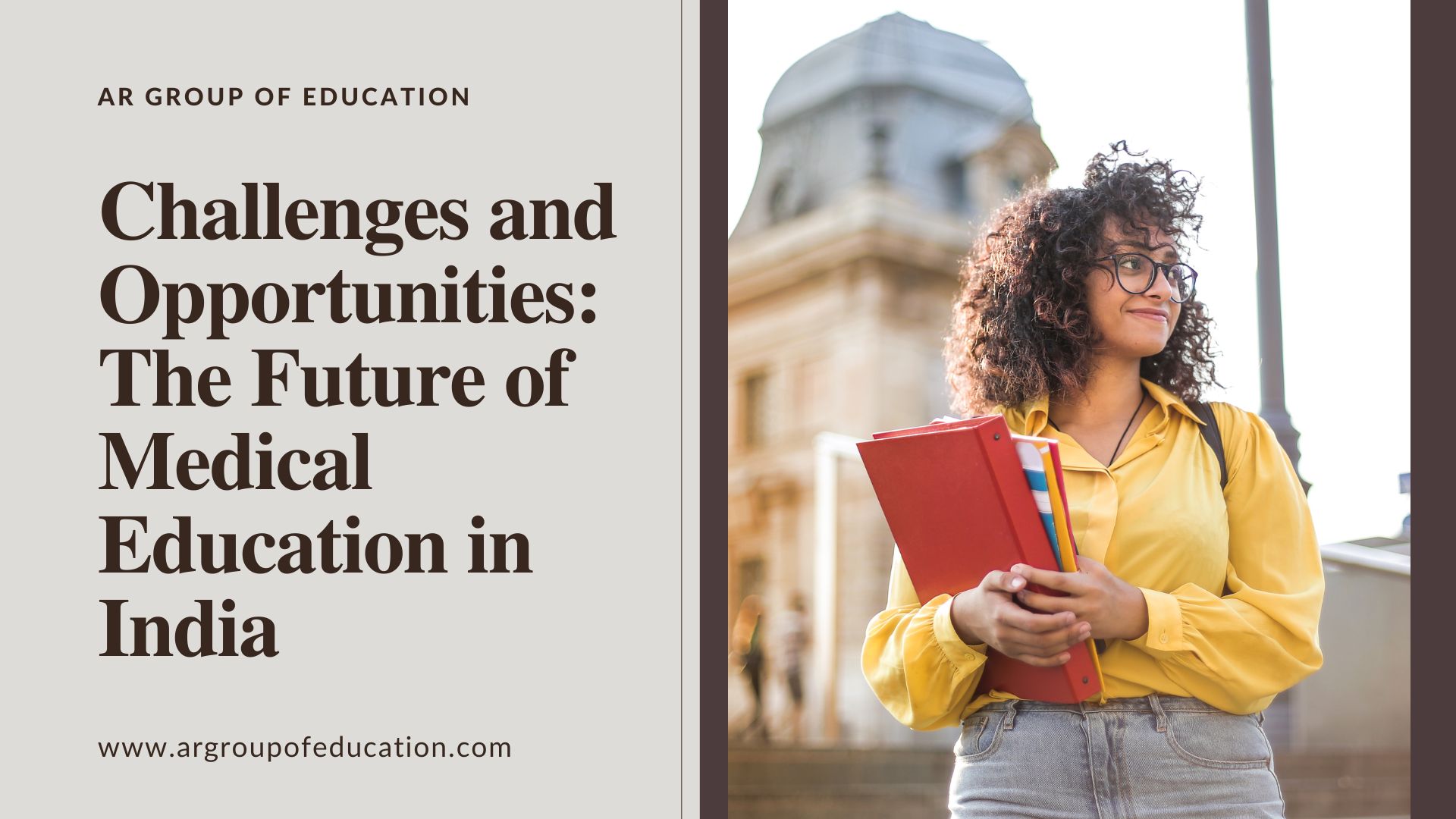Medical education in India has come a long way, evolving and adapting to the changing needs of healthcare and society. With institutions like Santosh Medical College in Ghaziabad, DY Patil Medical College in Pune, Rohilkhand Medical College in Bareilly, and Bharati Vidyapeeth Medical College in Pune, the landscape of medical education in India has witnessed significant growth. In this article, we will delve into the challenges and opportunities that lie ahead for medical education in India, with a focus on these prestigious institutions.
Limited Access to Quality Education: One of the primary challenges in medical education in India is limited access to quality education. The demand for medical seats far exceeds the available slots in reputed institutions like Santosh Medical College and
DY Patil Medical College. This results in intense competition and often forces students to settle for subpar institutions.
Outdated Curriculum: Another challenge is the outdated curriculum that fails to keep pace with the rapidly advancing field of medicine. Medical knowledge evolves constantly, and institutions struggle to update their syllabi accordingly. This leaves graduates ill-equipped to face the latest medical challenges.
Infrastructure and Resources: Despite the growth in the number of medical colleges, many face issues related to infrastructure and resources. Laboratories, libraries, and clinical facilities in some institutions are inadequate, hindering the practical learning experience of students.
Faculty Shortages: A shortage of qualified faculty members is a common challenge across medical colleges in India. This affects the quality of education and research, as institutions often rely on underqualified or overburdened faculty.
High Cost of Education: Pursuing a medical degree in India can be financially burdensome. Tuition fees, coupled with other associated costs, deter many deserving candidates from pursuing their dreams of becoming healthcare professionals.
Opportunities in Indian Medical Education
Digital Learning: The digital revolution provides an opportunity for medical education institutions to expand their reach and improve the quality of education. Online platforms and virtual classrooms can bridge the gap between demand and supply.
Global Collaboration: Collaboration with international institutions can help Indian medical colleges access cutting-edge research, faculty exchange programs, and improved curriculum development.
Innovation in Curriculum: Medical colleges, including
Rohilkhand Medical College and Bharati Vidyapeeth Medical College, can seize the opportunity to innovate in their curriculum. Introducing interdisciplinary courses and incorporating technology can enhance the learning experience.
Government Initiatives: Various government initiatives, such as the National Medical Commission (NMC), aim to reform medical education in India. These initiatives provide a chance for colleges to align with new regulations and improve quality.
Research Opportunities: As healthcare needs evolve, there is a growing demand for medical research. Institutions can tap into this by promoting research activities among students and faculty members.
Conclusion
The future of medical education in India is a mix of challenges and opportunities. Institutions like
Santosh Medical College Ghaziabad, DY Patil Medical College Pune, Rohilkhand Medical College Bareilly, and
Bharati Vidyapeeth Medical College Pune must address the challenges of limited access, outdated curriculum, infrastructure issues, faculty shortages, and high costs. Simultaneously, they should embrace opportunities like digital learning, global collaboration, curriculum innovation, government initiatives, and research advancements to stay at the forefront of medical education. By doing so, they can contribute to producing competent healthcare professionals who can meet the evolving healthcare needs of India.


 Create and manage your profile
Create and manage your profile Refer an author and get bonus Learn more
Refer an author and get bonus Learn more Publish any lost and found belongings
Publish any lost and found belongings Connect with the authors & add your review comments
Connect with the authors & add your review comments Join us for Free to advertise for your business or
Contact-us for more details
Join us for Free to advertise for your business or
Contact-us for more details
 Join us for Free to publish your own blogs, articles or tutorials and get your
Benefits
Join us for Free to publish your own blogs, articles or tutorials and get your
Benefits

 1 like
1 like


